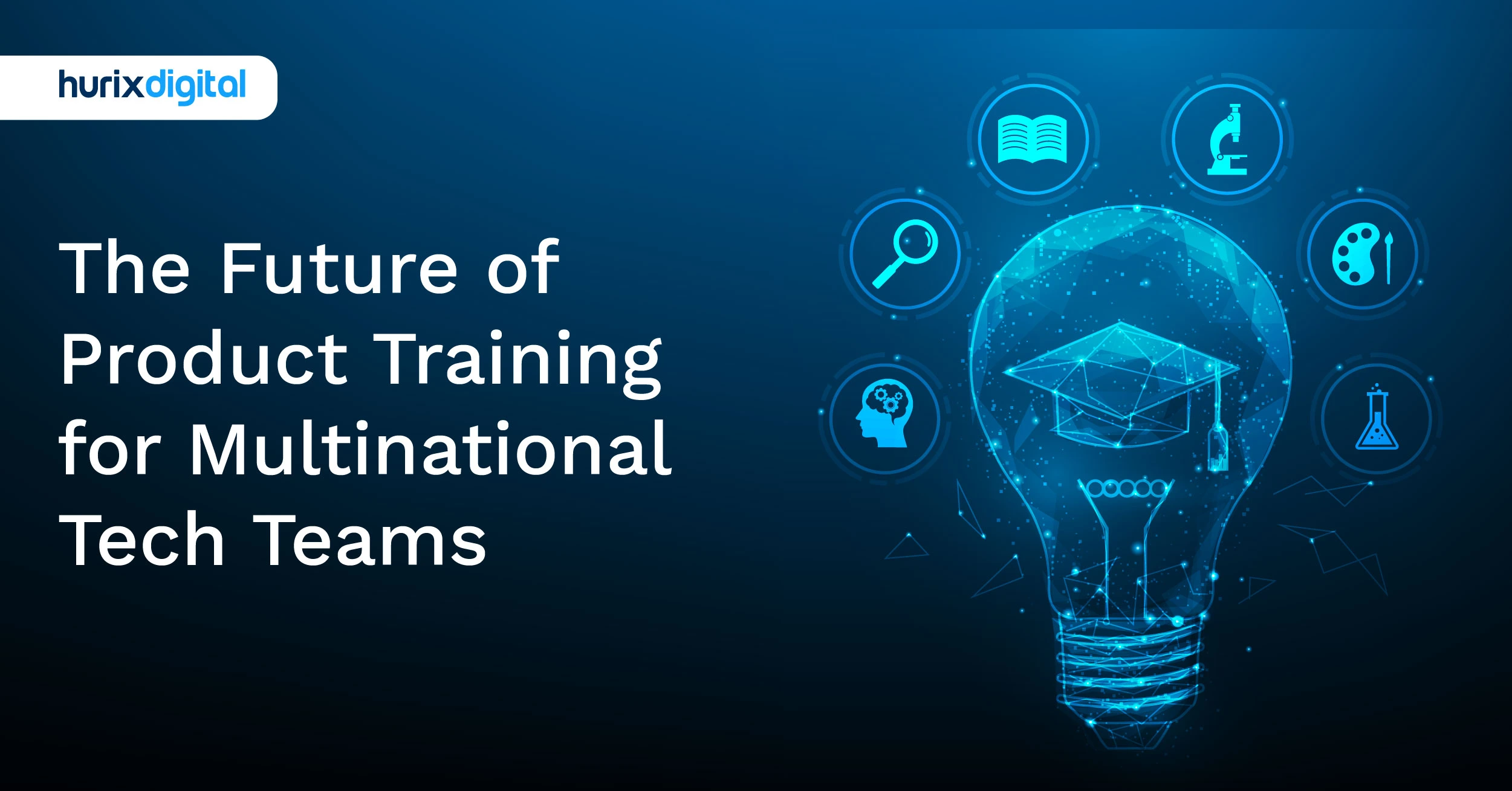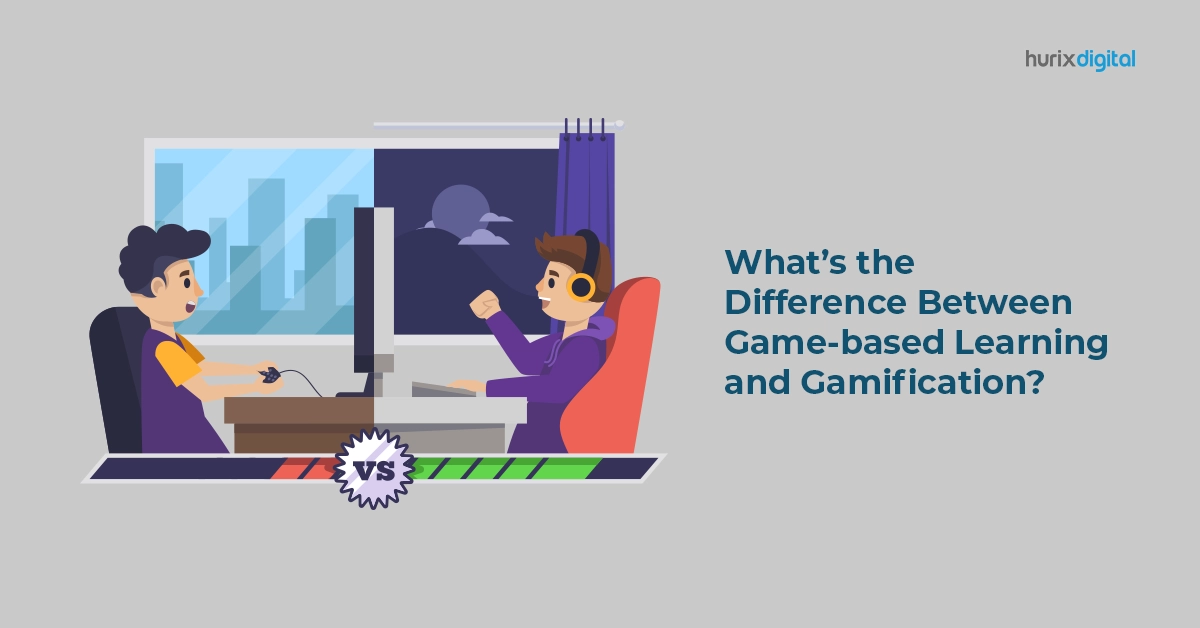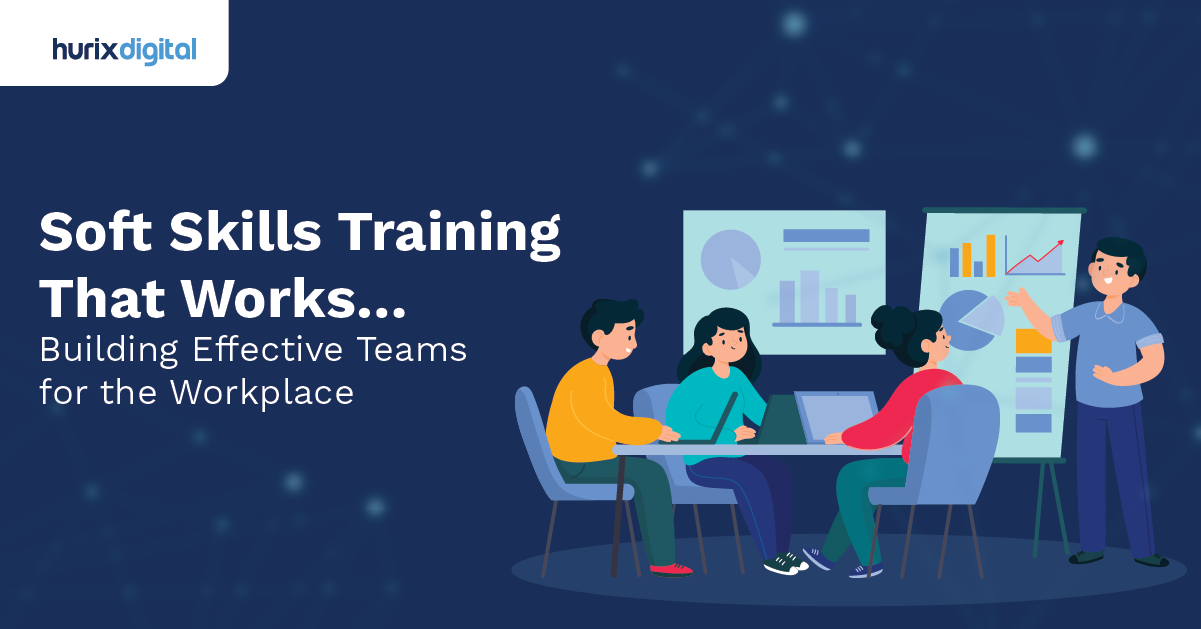
The Future of Product Training for Multinational Tech Teams
Summarize with:
Employee training is no longer a one-size-fits-all approach. Research shows that if people do not try to retain what they have learned, they forget 70% of it within a day and 90% within a week.
The key to success is modern eLearning solutions that leverage the power of interactive learning, mobile learning, personalized learning, and microlearning.
In this guide, we’ll look at the challenges these corporations face and go in-depth to find tailored eLearning solutions for workforce success.
Table of Contents:
- The Rise of Digital Learning and eLearning Solutions
- Why Do Traditional Product Training Methods Fall Short
- Understanding the Challenges Multinational Tech Workforces Face
- Tailored eLearning Solutions for the Workforce
- Developing Specialized Content for Technology Teams Worldwide
- Adapting Training Materials for Varied Audiences
- Infusing The Latest Technology into Your Online Learning Platforms
- Making the Most of Advanced Learning Management Systems (LMS)
- Generate Interactive and Engaging Learning Content
- Exploring Novel Approaches to Learner Engagement
- Harnessing Gamification and Simulations for Better Learning
- Inculcating Microlearning Modules for Superior Training
- Ensuring Continuous Evaluation and Feedback in Training Programs
- Conducting Regular Assessments to Measure Learning Outcomes
- The Future of Product Training
- In Closing
The Rise of Digital Learning and eLearning Solutions
The digital revolution has transformed nearly every aspect of our lives, including how we learn. eLearning solutions are on the rise, with the global eLearning market projected to reach a staggering $457.8 billion by 2026. Several factors drive this shift:
- Cost-Effectiveness: eLearning eliminates travel and venue costs associated with traditional training.
- Scalability: eLearning content can be easily delivered to a geographically dispersed workforce.
- Flexibility: Learners can access training materials anytime, anywhere, at their own pace.
- Engagement: Interactive elements and gamification enhance learner motivation and knowledge retention.
Why Do Traditional Product Training Methods Fall Short
Traditional product training methods, often relying on lengthy manuals and instructor-led sessions, are no longer effective in today’s fast-paced environment. Here’s why:

1. One-Size-Fits-All Doesn’t Fit Anyone
Traditional training assumes a homogenous learning style, neglecting the diverse ways individuals absorb and retain information. Some learners thrive in visual environments, others prefer hands-on experiences, and auditory learners benefit from clear explanations. A one-size-fits-all approach fails to cater to these preferences, leading to frustration and, ultimately, poor knowledge retention.
2. Passive Learning = Passive Engagement (and Retention)
Traditional training often relies on static content like manuals and lectures, creating a passive learning experience. Learners become disengaged, the information goes in one ear and out the other, and knowledge retention suffers.
3. Time Crunch? Traditional Training Takes a Chunk
In today’s fast-paced business environment, employees juggle multiple responsibilities with limited time for training. Traditional methods often require dedicating large blocks of time for classroom sessions, creating a scheduling hurdle that can lead to frustration and a lack of participation.
4. Location, Location, Location (Limited Accessibility)
Traditional training is often location-specific, making it inaccessible for geographically dispersed teams or employees working remotely. This physical barrier hinders knowledge transfer and limits the organization’s ability to onboard and train its entire workforce effectively.
Understanding the Challenges Multinational Tech Workforces Face
On the whole, most multinational corporations (MNCs) encounter a host of roadblocks when trying to implement their eLearning compliance training. Research suggests that an astounding 90% of companies offer some form of eLearning. Diverse laws and regulations across different regions require adaptable training programs. Language barriers and cultural differences add another layer of complexity.
Alongside this, keeping training materials current with ever-changing regulations can be resource-intensive. Communicating updates effectively across a global workforce and ensuring compliance are critical to avoiding legal and financial repercussions.
Tailored eLearning Solutions for the Workforce
Let’s now have a look at the best eLearning solutions you must choose for your workforce:

1. Developing Specialized Content for Technology Teams Worldwide
Crafting unique learning materials tailored to the global tech workforce is vital for effective online training. It involves creating training resources that cater to various teams’ specific technical skills while aligning with the company’s main objectives.
Customized content ensures relevance, boosts engagement, and enhances the learning journey for employees in different locations worldwide. It addresses their distinct regional requirements and job roles to offer impactful training solutions.
2. Adapting Training Materials for Varied Audiences
Localization goes beyond simple translation; it encompasses tailoring training resources to suit the cultural and linguistic diversity of different regions. This practice ensures content is not just comprehensible but also culturally appropriate and respectful.
Effective localization may involve adjusting examples, tailoring scenarios to reflect local customs, and incorporating region-specific language. This strategy makes training resources more captivating and relatable for employees from various backgrounds, leading to improved learning results and overall satisfaction.
3. Infusing The Latest Technology into Your Online Learning Platforms
Today, advancements in the field mean that AI can effectively customize learning paths and provide immediate feedback that is unique to each employee. To further add to this, VR and AR can now give learners the chance to simulate real-world scenarios for skill practice in a secure environment.
Employing these innovative tools can enable companies to develop training courses that cater to diverse learning styles and are both engaging and impactful.
4. Making the Most of Advanced Learning Management Systems (LMS)
With an advanced LMS, handling training programs becomes a breeze, as it provides easy access to learning resources and offers valuable insights into learners’ progress.
By utilizing a sophisticated LMS, organizations can ensure that their training initiatives are well-organized, data-driven, and tailored to meet the needs of their employees. These modern platforms are equipped with a plethora of features such as progress tracking, in-depth data analysis, and interactive communication tools.
5. Generate Interactive and Engaging Learning Content
Interactive content improves learning and helps break down complex information into easy-to-digest segments. This approach ensures that learners stay engaged and grasp concepts more easily.
Creating interactive and engaging learning content is essential for keeping learners interested and motivated. Companies can include multimedia elements such as videos, interactive quizzes, and immersive simulations to make the learning experience more enjoyable and effective.
6. Exploring Novel Approaches to Learner Engagement
Providing interactive simulations and real-world scenarios allows learners to gain practical experience, making the learning journey more hands-on and engaging. These innovative methods can transform the learning environment, encouraging greater participant involvement and knowledge retention.
To enhance engagement among learners, a great place to start is to think outside the box of traditional teaching methods.
7. Harnessing Gamification and Simulations for Better Learning
Gamification and simulations are powerful tools that can enhance the eLearning experience. Incorporating elements like rewards, challenges, and achievements means that gamification makes learning interactive and fun, encouraging learners to stay engaged and motivated.
Simulations, on the other hand, provide a hands-on approach to learning by allowing learners to apply their theoretical knowledge to real-world situations. These strategies not only make the learning process more enjoyable but also help reinforce key concepts and improve overall proficiency.
8. Inculcating Microlearning Modules for Superior Training
Microlearning revolutionizes training by breaking down content into easily digestible segments that are quick to access. This method is particularly beneficial for professionals with busy schedules, allowing them to engage with learning in short, focused sessions.
Training programs are broken down into smaller bursts by dividing information into small sections. This makes it simpler for learners to understand and remember. It also allows organizations to improve their training programs and offer more flexible learning options for employees.
9. Ensuring Continuous Evaluation and Feedback in Training Programs
The implementation of evaluation tools can greatly help foster a culture of continuous improvement and enhance the overall quality of training programs.
Regularly assessing learners’ progress, gathering feedback through surveys, and conducting performance reviews are crucial elements of successful training programs. This continuous evaluation allows trainers to adapt their methods to meet the needs of learners, thus ensuring that the training remains relevant and impactful.
10. Conducting Regular Assessments to Measure Learning Outcomes
Incorporating quizzes, exercises, and tests in training programs is essential for assessing their effectiveness and ensuring desired outcomes. Regular assessments help organizations gauge a learner’s comprehension and retention levels.
They offer valuable feedback to learners and enable organizations to monitor progress and identify areas requiring further support. Taking the time to pinpoint gaps in knowledge or skills can vastly help organizations take proactive steps to address deficiencies and ensure training goals are met effectively.
The Future of Product Training
The landscape of product training is undergoing a significant transformation. Interactive learning, mobile learning, personalized learning, and microlearning are at the forefront of this revolution.
By embracing these innovative approaches, you can create a dynamic, engaging, and effective training experience that empowers your employees and drives user adoption of your products.
In Closing
When it comes down to designing successful online training programs for diverse tech teams around the world, several factors must be considered. It requires overcoming challenges related to language, culture, and time zones. Organizations can provide interactive and impactful training initiatives by crafting personalized content, adapting materials to various regions, and incorporating cutting-edge technology.
Hurix Digital specializes in developing customized eLearning solutions for workforces that cater to the specific requirements of international tech groups. Our services guarantee versatility, top-notch performance, and quicker results, enabling companies to revamp their training strategies and reach their objectives.
Reach out to us now for further information!
Summarize with:

Senior Vice President
Julia brings over 20 years of global experience in digital learning and business strategy. She specializes in client success, enterprise learning solutions, and driving growth through innovation, with a focus on AI, VR, and emerging technologies across diverse industry verticals.
 Upcoming Masterclass | Build an Army of Brand Evangelists using Training & Development | November 20th, 8:30 AM PDT | 11:30 AM EDT | 10:00 PM IST
Upcoming Masterclass | Build an Army of Brand Evangelists using Training & Development | November 20th, 8:30 AM PDT | 11:30 AM EDT | 10:00 PM IST




